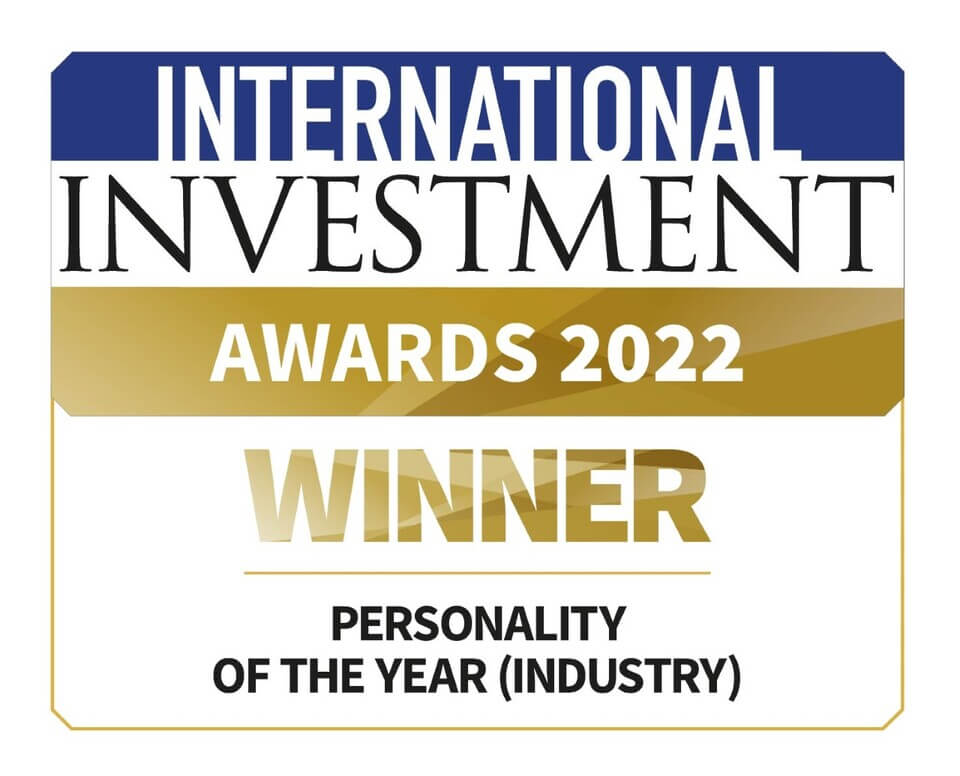
State Pension Top-up Trauma for Brits
Posted on: 20th March 2018 in
Pensions
Brits are facing troubles making top-up payments to their UK state pension after a new system was brought in last year and has failed to deliver.
The disturbing problem is that the system allows you to make payments even if it won’t boost your pension income. So now wonder there’s been a kerfuffle!
12,000 Brits face Top-up Trauma
There are an estimated 12,000 people a year who choose to top up their state pension.
There have been an increasing number of complaints made by UK savers about state pension top-ups. UK financial website
This is Money and newspaper
The Daily Mail, launched an investigation into claims by savers that their top-up payments, meant to fill gaps in National Insurance contributions, were making no difference to their state pension incomes. To make matters worse, HMRC has been routinely rejecting refund requests, and pension savers have struggled to find recompense.
This is Money reports the case of Lynne Pilcher, 60, as a fairly typical example of those affected. Lynne discovered last July after checking the DWP website that she had a shortfall of 3 years in her NI record, entitling her to £120 a week, rather than the £159.55 maximum. Lynne, a retired customer service manager who lives in Valencia, Spain, says she was not warned that the £2,067 payment she made might not boost her income. When she discovered that her payments had made no difference, she spent 6 months battling with HMRC before finally receiving a refund.
How should state pension top-ups work?
State pension top-ups were designed to allow savers to fill in any gaps in their National Insurance contributions. In 2016 changes to the state pension meant that in order to qualify for the full amount, savers needed 35 years of full NI contributions, compared to the 30 years under the old scheme. This change has left many close to retirement age with a shortfall.
The top-up scheme allows you to pay a lump sum, of no more than £741, on years where there was a shortfall, to guarantee a £237 a year income for life. This has been a particularly valuable scheme for women who may have taken time out from their careers to look after children, or those who have moved abroad.
State pension changes
The state pension entitlement rules underwent radical change on the 6
th April 2016 when the single-tier state pension was introduced. This meant that “full-level” payment for men born after 6
th April 1951, and women born after 6
th April 1953, rose to £159.55 per week in 2017/18, with a further rise to £164.35 in 2018/19.
This system replaced the previous, more complicated one, which allowed pension savers to “contract out” of being part of the additional or “second” state pension scheme. “Contracting out” enabled pension savers to pay less NI and to save the money into a workplace or private pension instead.
What’s going wrong?
While the new system was designed to be simpler it has left many in a state of confusion. To safeguard pensioners and those who had the full 30 years NI contributions before April 2016, the government woks out whether you would be better off under the old scheme. If this is the case, any further NI top-ups you make will have no bearing upon the amount of your state pension.
The problem is that the system allows you to make payments even if it won’t boost your pension income.
To make matters worse, officials have reported that there is no check to see how many people benefit from making the top-up payments, and those who have lost out have struggled to get a refund.
Neil Duncan-Jordan, of campaign group the National Pensioners Convention, says: ‘The Government needs to get a grip on this. The top-up is practically a lottery at the moment and people must be given their money back if it is not going to do any good.’
What can be done?
The investigation by
This is Money and
The Daily Mail has led to calls for HMRC to take ownership of the problem and examine each and every top-up payment to ensure no-one is left out of pocket.
Meanwhile, a spokesperson for the DWP concedes that “Voluntary contributions might not be right for everyone. This is why the online ‘Check your State Pension’ service signposts anyone with gaps in their record to speak to the Future Pension Centre to find out more about the scheme.”
What can I do?
To check if you have any gaps in your National Insurance record you can visit the Government’s
check your state pension service. This gives you information about how much you need to pay, and how long you have to make the payment.
If you’ll reach state pension age in more than 30 days, you can check your state pension by contacting the
Future Pensions Centre.
If you already receiving your state pension, or have delayed claiming it, you can contact the
pension service if you’re in the UK, or the
international pension centre if you’re overseas.
Your Holborn financial advisor can help you make the most of your pension fund, and we have already helped thousands of customers around the world to claim their UK state pension.


















